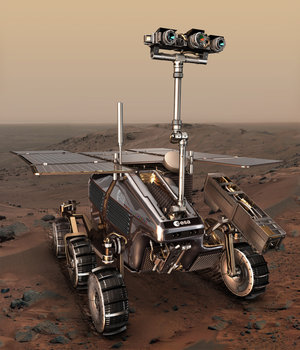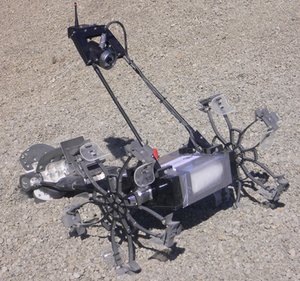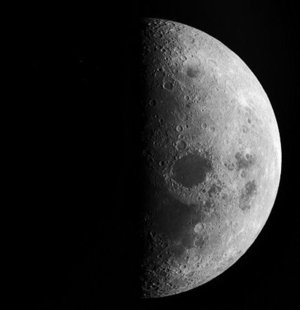Lunar Robotics FAQ's continued
Here are answers to some of Lunar Robotics' most frequently asked questions.
Q: The LRC appears to clash with the academic schedule. Could the LRC bidding period be extended and the LRC event postponed?
A: As the LRC allows for innovative and speculative technical solutions and it contains a competitive element, it has been assumed that the LRC could be executed as extracurricular activity. Therefore a short development time, mostly centred around the summer season was deemed appropriate. In this period, considering that the development work is paid by ESA, it was assumed that team members would have enough time and resources to focus on the LRC.
Furthermore, the schedule of the LRC is driven by the availability of the LRC venue and the climatic conditions at the venue at the time of the event. A postponement of the LRC would mean a ~1 year delay of the event.
Consequently:
- ESA does not intend to postpone the LRC event as this would entail either a too long postponement or a change of venue.
- ESA does not intend to extend the bidding period as this would negatively impact an already compact development schedule.
Q: How large are the lunar rocks?
A: As stated in previous clarification, in the LRC, the design of locomotion of the robotic means shall concentrate on the challenge of descending/ascending unconsolidated slopes (up to 40 degrees), covered by granular loose soil. These slopes exhibit fluid-like flows of soil, resulting in slides whenever the soil is loaded.
The LRC venue will feature rock obstacles of various sizes (say 0.2 - 1 [m] in major size), however it will be possible to get around these obstacles, although at the expense of a less straightforward path.
Q: How are the samples? Sand, dust, rocks, and if it is rocks, which is the size?
A: The samples will be loose and granular with varied particle size ranging from dust grains to pebbles.
Q: Do we need to drill, to saw, to break rocks?
A: No, there will no need of mechanically separating the samples from a larger body.
Q: How is the terrain, dust, rock? Are there cracks? Which is the crack size?
A: No cracks are envisioned.
Q: Are we allowed to submit two proposals?
A: Yes, but in the best case only one will be selected.
Q: Is it acceptable whilst having one senior academic as the supervisor/point of contact to have other (2 or 3) members of staff or academics to co-supervise on the team?
A: ESA welcomes adequate supervision and advice within the spirit that this is a student competition. Furthermore it would be unfeasible to limit the number of co-supervisors/advisors of the team at their home university.
However ESA requires that only one supervisor is in the team when participating at the CDR and at the challenge event.









